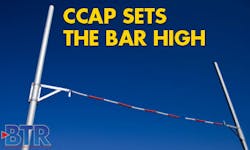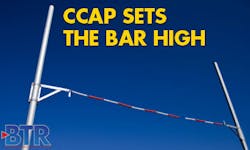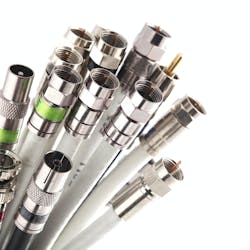Although it may sound obvious, as operators move down the path to CCAP, the primary question to consider when evaluating equipment may simply be, "Does it all work?" The success of video and data services all will be riding on one box, ramping up the need for perfection. Finessing all the nuances may be what separates the men from the boys, so to speak, in the CCAP vending community.Comcast's (NASDAQ:CMCSA) VP of Access Architecture Jorge Salinger said as much last week. When asked what criteria his company is seeking in CCAP devices, he said, simply, "The services all have to operate correctly."John Chapman, Cisco (NASDAQ:CSCO) fellow and CTO of the company's cable access business, thinks similarly. "Getting all the DOCSIS hardware and software correct, getting all the video hardware and software correct .... These are two very challenging things to do. Not a lot of companies have gotten it right. Getting a platform that is stable and works is the No. 1 differentiating feature (among vendors)."Not to be overlooked is the need for backward compatibility in order for video to run properly. "It's a tricky equation to have this support for older equipment and to know how all the protocols work," Chapman said. "You need an army of engineers banging away for a long period of time to get something that works."One hundred percent of services will go through the CCAP boxes, making operators nervous, to say the least, Chapman said. Looking at video, for example, currently if a box goes down, a few channels might be rendered out of service. But with CCAP, if the device malfunctions, hundreds of channels could go out."CCAP boxes need to be more reliable than anything built up to this point in time. They need to be world-class machines that are highly available ... that an operator is willing to bet its business on," Chapman said, noting that CCAP boxes are being built with N+1 redundancy.The reward could be great for operators. Aside from an increase in reliability, the move to CCAP is expected, among other things, to save on things like power costs and headend space. In fact, studies show 80 racks dropping down to 20 racks of equipment, Chapman said.And, the eventual goal is fiber to and from a CCAP device. "That means everything in the headend (will be) inside that box ... instead of the CMTS being a box in the corner of the hub, it (will be) a hub in a box," Chapman said. "This is a very exciting vision for operators because of the dramatic impact on hubs (with) lower power costs and lower real estate (costs)."Monta Monaco Hernon is a free-lance writer. She can be reached at [email protected].






